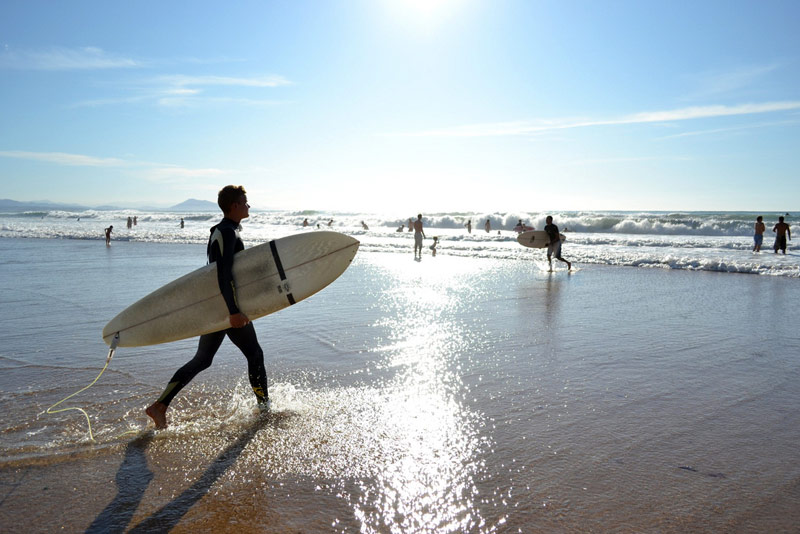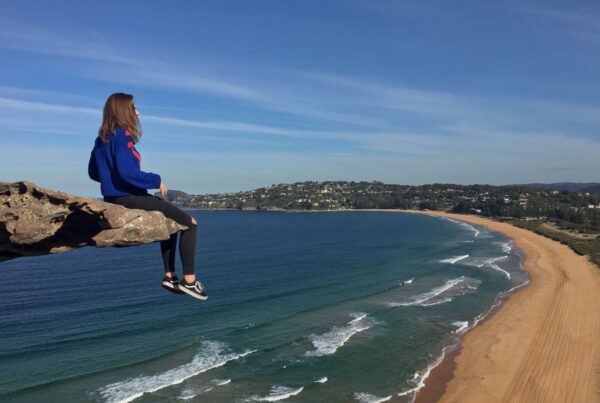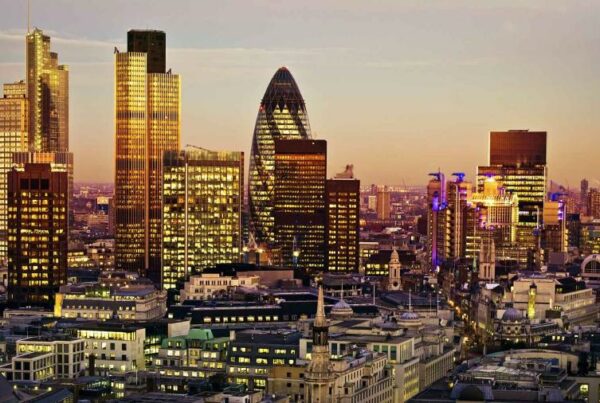At once elegant and sprawling, hyper-charged and laid-back, Argentina’s capital city is a treat for the senses. It may look a bit like Europe, the locals definitely consider themselves more European than their neighbours, but Europe this is not… the exotic birds that fly around the city are testament to that.
Of course the best way to discover a city is for yourself, but here are some ideas that may get you started:
Start the day with… medialunas y cafe
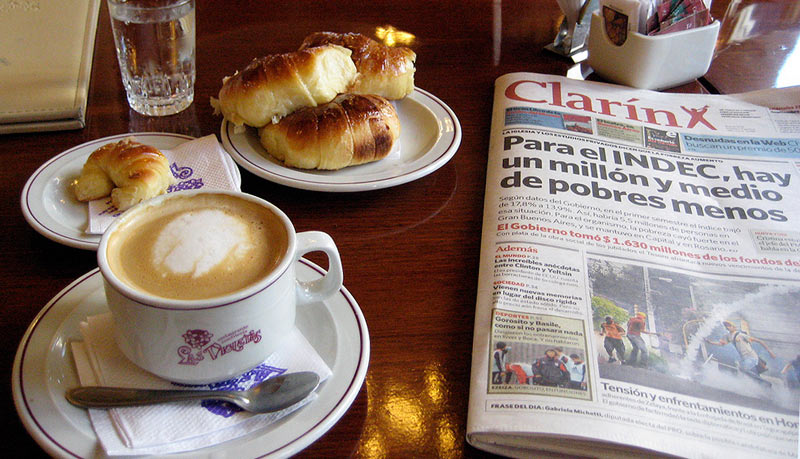 Photo: Wes Meltzer
Photo: Wes Meltzer
Breakfast isn’t a big thing in Buenos Aires. The local favourite is Medialunas, which are small, sweet croissants often served for free with your coffee. If you’ve ever wondered how Argentinean ladies stay so slim in the land of 600g steaks, this may go some way to explaining it.
A glass of freshly-squeezed orange juice should get your taste buds going.
Two classic Buenos Aires cafes are Cafe Tortoni on Avenida de Mayo and Café de los Angelitos on the corner of Avenida Rivadavia and Rincón. Both are throwbacks to the city’s glamorous past and have that classic Bs As mix of powerful history, strong coffee beans and a touch of melancholy.
If you can make it through until lunch time, empanadas are a popular local choice. Much smaller than the ones you might find in Galicia or other parts of Spain, Argentine empanadas come with a bewildering array of fillings and are the office workers’ favourite lunchtime snack.
Shopping in Palermo
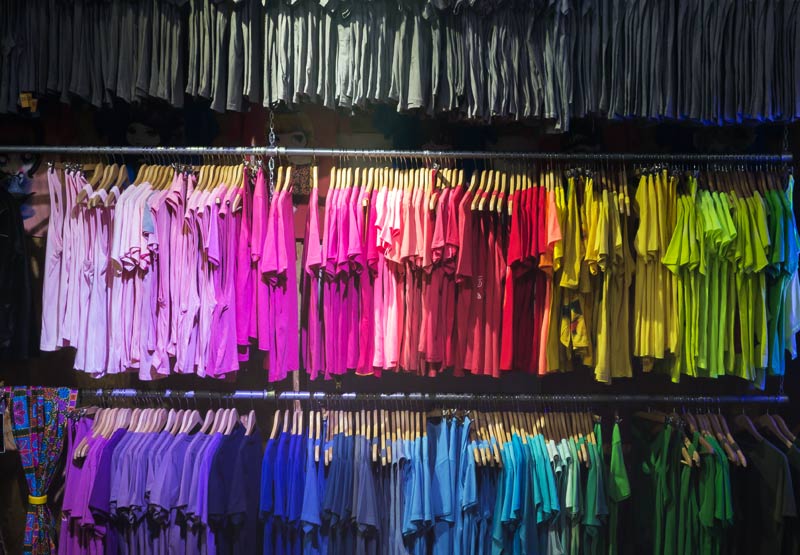
Buenos Aires is a hub of youth and creativity which bubbles through into the local fashion industry.
Trendy little boutiques come and go in Palermo, so it’s hard to give any concrete tips, but Bolivia and Felix are consistently popular for guys. Walk along the grid of streets around Palermo and you will be sure to find some unique designs.
If you are wealthy and have a few grey hairs, on the other hand, you will find plenty of expensive boutiques around Recoleta. Any you can visit Eva Peron’s grave while you’re there.
If the gorgeousness of the local shop assistants gets you hot under the collar, leave the clothes shops behind in favour of the local heladerias. These ice cream cafes stock some of the most incredibly smooth and creamy blends anywhere in the world.
To blend in with the locals, order something containing dulce de leche. This sweet sticky brown stuff is very much like caramel… unless you ask an Argentinean who will tell you it’s twice as tasty and completely different to caramel. It certainly tastes good.
Watch as the ice cream artist behind the counter carves a giant peak of helado into a tiny cup using nothing but a spatula and a well-rehearsed flick of the wrist.
Watch the polo
 Photo: hypeerborea
Photo: hypeerborea
If your idea of pleasure is watching with a glass of wine in hand as ludicrously handsome Latin men ride around on ludicrously handsome horses, their carefully-groomed hair floating in the breeze (the men that is), then a day at the polo is in order.
Campo Argentino de Polo is a good place to start. Situated at Libertador y Dorrego, the stadium seats up to 30,000 people and is home to the Campeonato Argentino Abierto de Polo: the world’s most important polo tournament.
Find out more on the Asociacion Argentina de Polo website.
Experience el Superclasico
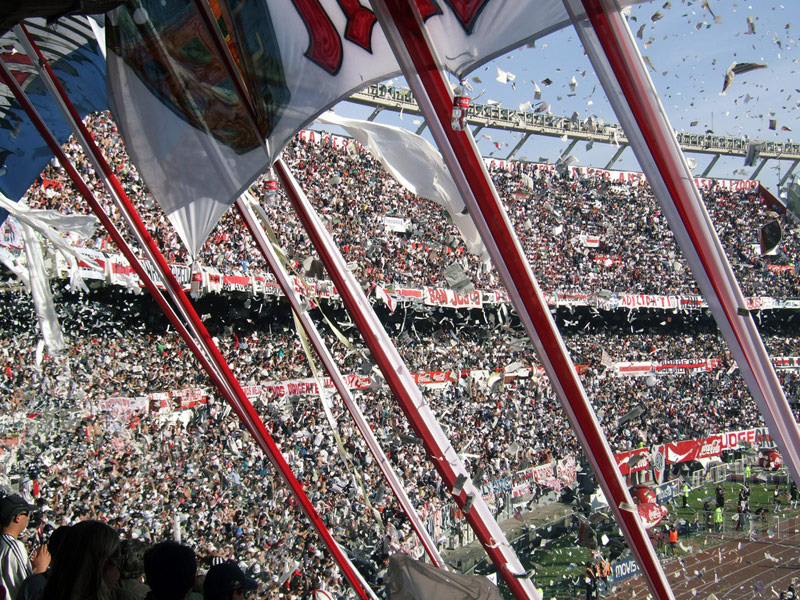 Photo: greatjambino
Photo: greatjambino
If you ask a Porteño whether they like football or not, the answer is usually “sí”. But even if they don’t like football, you can bet that they either identify themselves as being “de River” or “de Boca”. It’s easier said than done, but if you can get tickets to a match between local rivals Boca Juniors and River Plate, it will be the most incredible football experience of your life.
The stadium literally shakes as tens of thousands of fans will their team on to victory in the fiercest football rivalry on the planet. Kids hang over the railings thirty metres in the air, tickertape rains down before kickoff and the drums bang relentlessly.
Prepare for a cauldron of noise, colour and excitement. And some football too.
Boca fans have a reputation for being rougher, so perhaps you’re better sticking with the “milionarios” as the River fans are known. Whatever you do, try to avoid sitting beneath the opposing fans as you will be pelted with an array of unpleasantries before, during and after the match. And they may say some nasty things too!
If you can’t watch the match at the stadium, you will have to be a bit creative as bars near the stadiums are likely to be closed in the run up to the match. Find somewhere in the city centre with a nice stool and a TV above the bar and you can’t go too far wrong.
Oh, and if you’re a neutral, it’s probably best not to wear blue/yellow or red/white on the day or you might send out an unintentional message.
When buying tickets for any football match in Bs As, watch out for rip offs. Agencies will sell tickets for hundreds of US dollars when the face value is often less than US$5. Asking staff at the language school could be a good place to start your search.
Sunday strolls along Costanera Sur
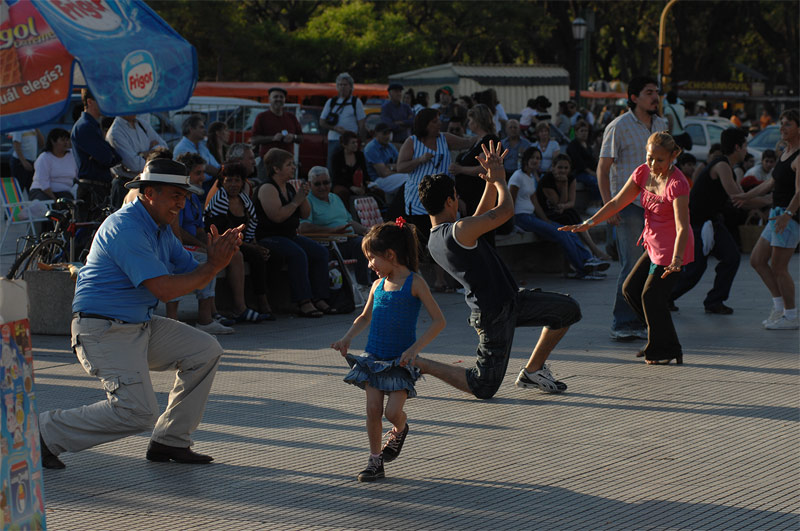 Photo: Keith Hammond
Photo: Keith Hammond
For a real taste of Porteño life, head down from Microcentro, over the docks and past the yuppie flats in Puerto Madero all the way to the edge of the Costanera Sur nature reserve.
The reserve, buffering the city from the Rio Plata, was made by accident when waste materials from the construction of the city were thrown into the river, attracting silt. From the silt grew shrubs and trees and soon South America’s stunning wild birds (including the beautifully-named Glittering-bellied Emerald) moved in.
Running along the inside edge of the reserve is a long, wide strip of pavement with dozens of carritos – trailers offering choripán (chorizo sausage sandwiches), bondiola (grilled pork sandwiches) and other meaty treats. Be sure to spoon on some chimichurri sauce.
There have been some questions in recent years about the legality and hygiene of the carritos, but be brave and you will be rewarded with delicious food. And they’re open 24 hours a day.
At the weekend there are markets, music and dancing at the La Boca end of the walkway. Grab an ice cream and join the fun!
Eat meat…
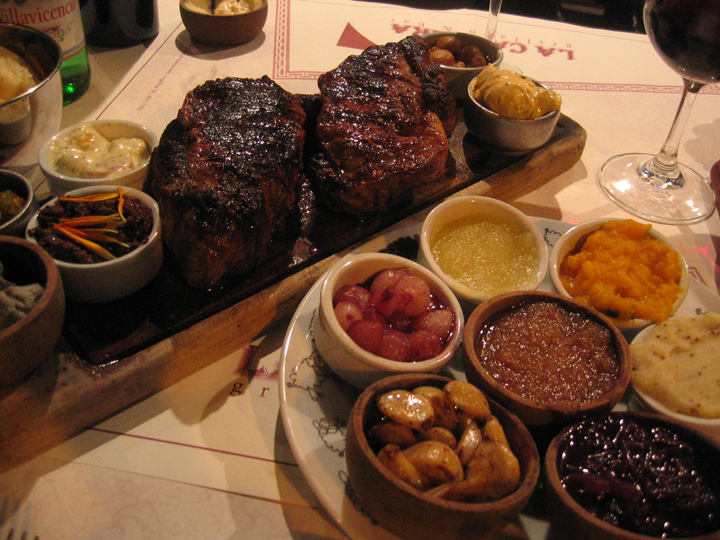 Photo: aprillynn77
Photo: aprillynn77
Buenos Aires restaurant scene is becoming more and more diverse as foreigners flock to the city and bring international ideas and tastes with them. But you really can’t beat a good, traditional steak. In a city where chicken is considered a vegetarian option, it still pays to know where you are going.
A couple of top parrillas are La Cabrera on Cabrera and Thames (popular with tourists) and El Trapiche at Paraguay 5099 which is a hidden gem. The most popular Argentine wine is Malbec, more often than not from the vineyards of Mendoza. It is hearty stuff and goes perfectly with red meat.
Dinner starts late in Buenos Aires – between 9 and 10pm is normal and it is not unusual to finish after midnight.
Hit the bars
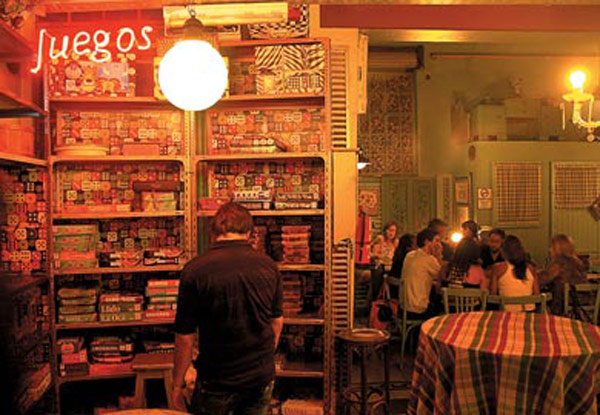 Photo: Pablo de Sousa
Photo: Pablo de Sousa
Bars come and go in Buenos Aires and there’ll probably be some new, hip place to drink and be seen next week, but here are a couple of perennially popular hangouts:
Acabar in Palermo (Honduras 5733) is great fun and is known for its corner full of board games for guests to play. The interior design is eclectic to say the least.
Milion in Recoleta (Parana 1048) is glitzy, glamorous and serves a great mojito.
Congo in Palermo (Honduras 5329) has an excellent garden which heaves with a mix of beautiful locals and tourists in the summer months.
La Cigale in Microcentro (25 de Mayo 597) is best known for its French night on Tuesdays but is also a great place to catch up and coming local bands. And to chat up the locals, if you’re into that kind of thing.
There’s also a popular Irish pub called the Shamrock in Recoleta (Rodriguez Pena 1220) where you can drink Guinness, flirt or head downstairs and dance.
Tango in a Milonga
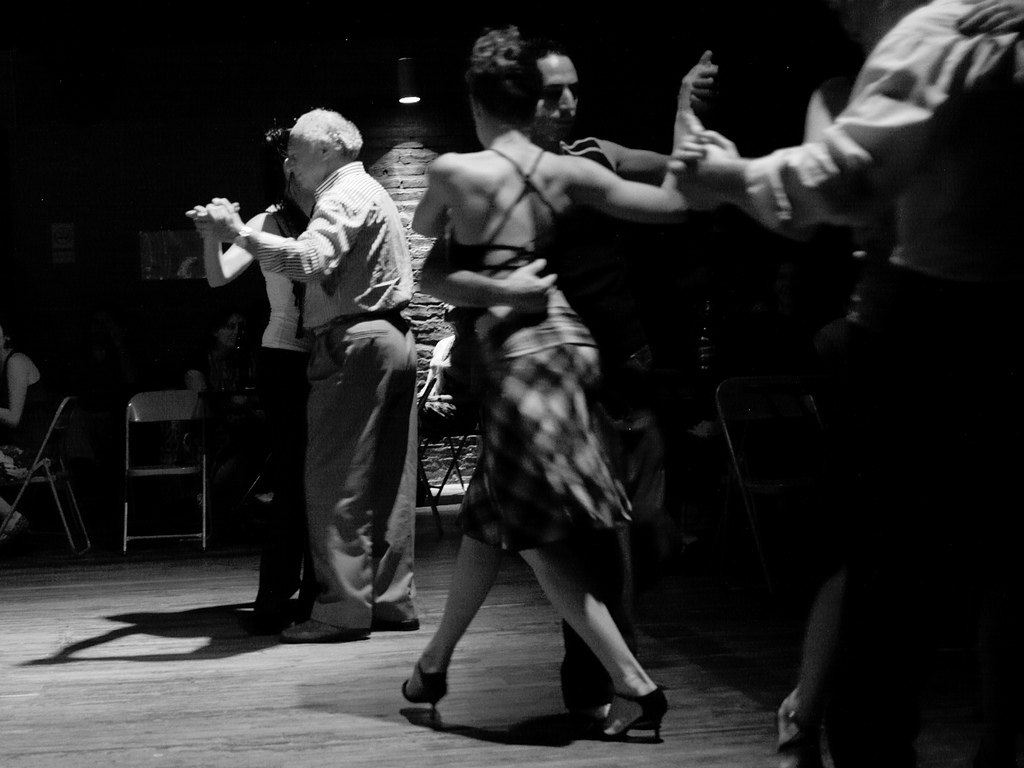 Photo: lazzarello
Photo: lazzarello
The tango was born among the immigrants of the Rio Plata region during the last quarter of the nineteenth century. It has since been around the world and back again.
San Telmo is the district most closely associated with the dance, as any guidebook will tell you. But there are plenty of Milongas (tango clubs) around town where you can avoid the tourists and drink in the sensual night-time atmosphere. Here is a good list.
Get hot hot hot at a salsa club
 Photo: Brandon Koger
Photo: Brandon Koger
If you like your dancing more upbeat, you could head to Azucar, a popular salsa club with venues in Almagro and Abasto (best get a taxi). The packed dancefloor follows the moves of the teachers on stage like a lusty, tanned regiment in the rhythm army. Great fun.
Or wear your sunglasses in a “boliche”
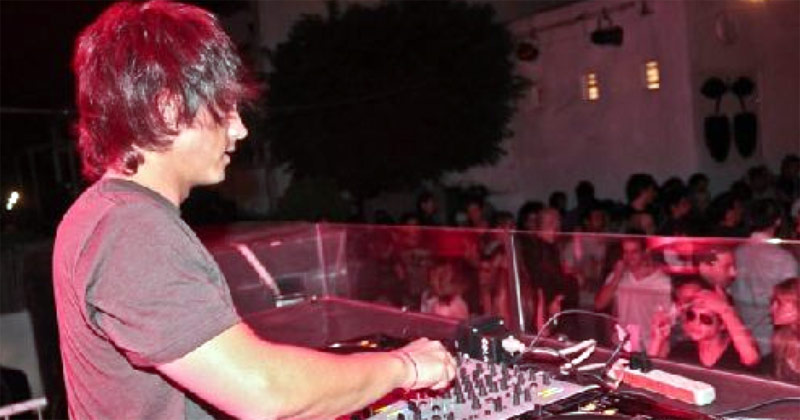
Electronic music came relatively late to Argentina, but they’ve adopted it with a real passion. Going out in the capital is like nowhere else on the planet. For a start, the clubs don’t open until 2am and they don’t really get going until around 4am.
The vibe is different to most of Europe too. It isn’t unusual for a group of friends to make a single drink last for an hour. If you see someone falling over drunk, you can be almost certain that he or she is a gringo.
There are so many places to go that it’s hard to know where to start. Pa-tchaa (Pacha) is a taxi ride away from the city centre but is worth the journey if you like big clubs, short skirts and loud tech house. Bring your sunglasses for when the sun rises and the dancefloor migrates to the terrace.
Other big clubs include American chain Crobar and Niceto Club, which is more eclectic.
Wednesday night “after office” parties where people turn up in suits & ties are a great way to meet people. They usually end up pretty wild. How does anyone work on Thursday mornings? It’s a mystery.
If you want to get down and dirty away from the gringos and office crowd, follow the thump thump thump of cumbia music… it’s the sound of Buenos Aires’ ghettos and is a world away from the surgically-enhanced Pacha crowd. The clubs can be a bit dodgy though.
Buenos Aires is a smouldering city where you can learn the sexiest Spanish in the world.
